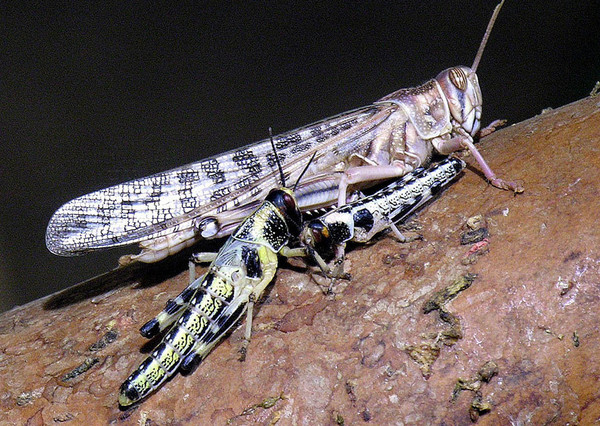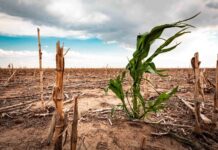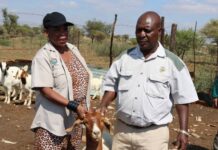By Oscar Nkala..
The United Nations Food and Agriculture Organisation (UN-FAO) says the desert locust threat will remain very low across North Africa and the Arabian Peninsula this year due to unusually dry conditions which did not favour breeding during the recent winter.
In its latest status update of the desert locust threat in a belt of nations that include Algeria, Morocco, Yemen, Saudi Arabia, India and Pakistan, the FAO attributed the unfavourable breeding conditions to a lack of rainfall in the first 4 months of 2018.
“Current locust numbers are very low in all areas and this is expected to continue during the spring and summer unless good rains fall. No locusts were reported in March except for isolated solitarious adults at one location in the central Sahara of Algeria and in one area on the southern coast of Yemen.
“Light rains commenced in parts of the spring breeding areas in the interior of Saudi Arabia and along both sides of the Iran-Pakistan border. If more rains fall in these areas and along the southern side of the Atlas Mountains in Morocco and Algeria, then small-scale breeding could occur but locust populations will remain low and no significant developments are likely,” the FAO said.
According to the French-based organisation Agricultural Research for Development (CIRAD), the desert locust is an invasive species that is feared for the large-scale agricultural damage it can cause.
Emerging weather phenomena, such as climate change, are seen as likely to modify its distribution, making it a new threat to agriculture in regions beyond its endemic zones of North Africa and the Middle East.
Presently, the desert locust threat covers a total land area of almost 30 million km2 on Africa north of the equator, the Near East, the Arabian Peninsula and the Indian subcontinent.
Like other locust types, the desert locusts can switch between solitary phases characterised by low population densities during recessions (also known as periods of calm), to a high intensity phase characterised by high population density invasions when swarms can devastate crops and pastures.
Two sub-species of the desert locust are known to exist in Africa, with the most dangerous from an agricultural point of view, widely distributed to the north of the equator. The other species, which is considered a lesser threat to agriculture, more widely distributed in Southern Africa.









